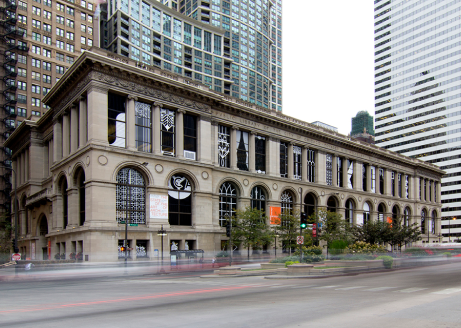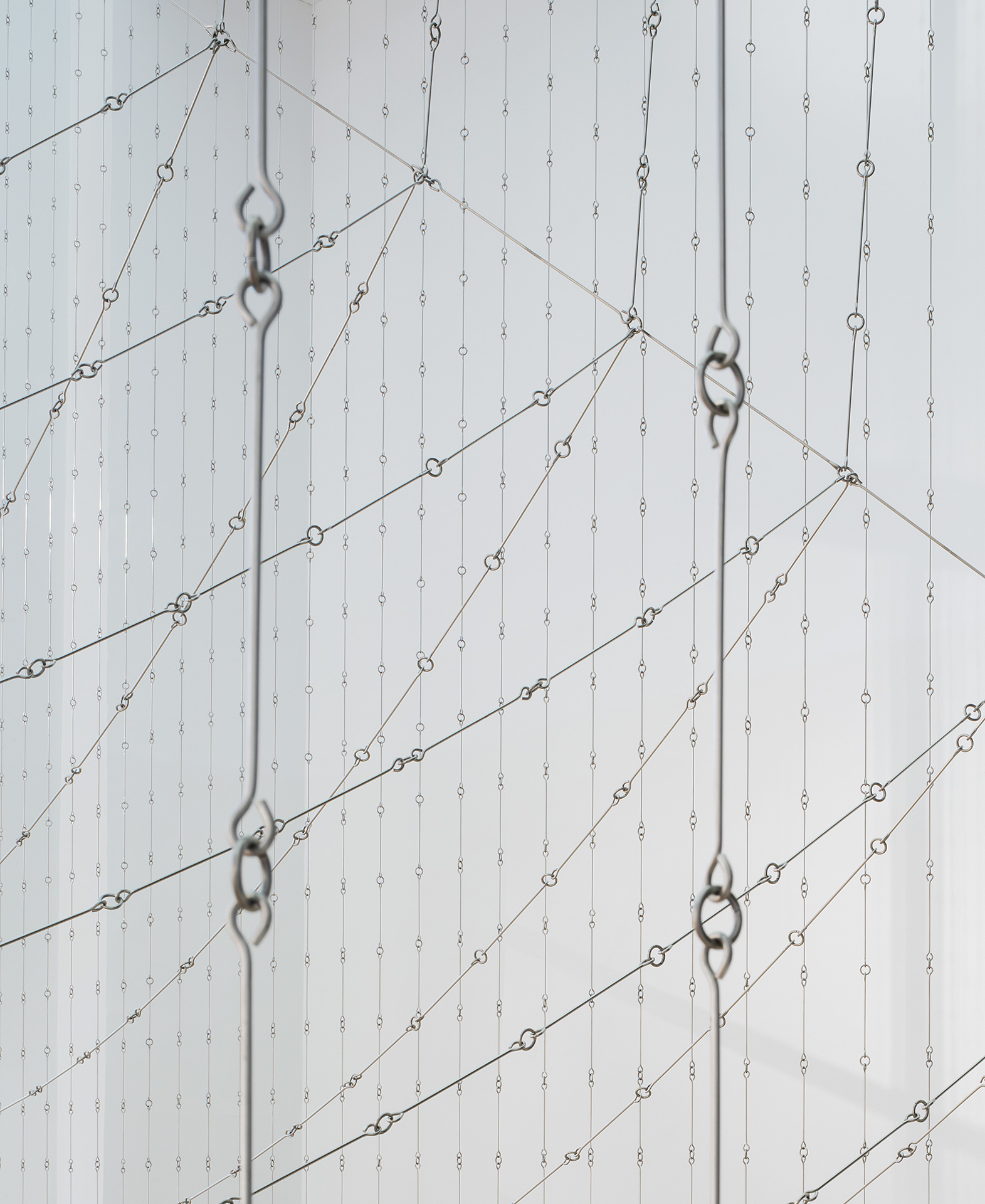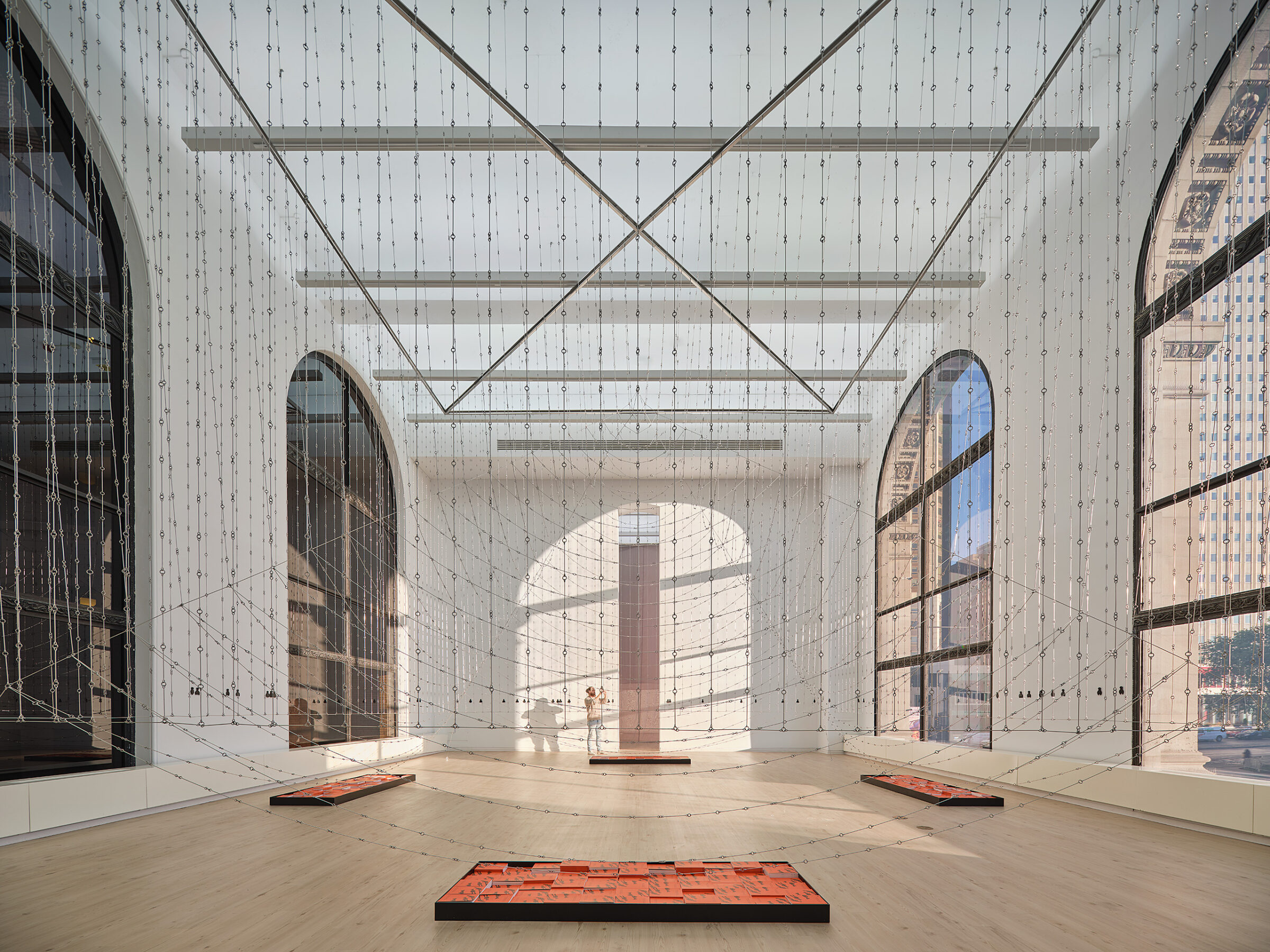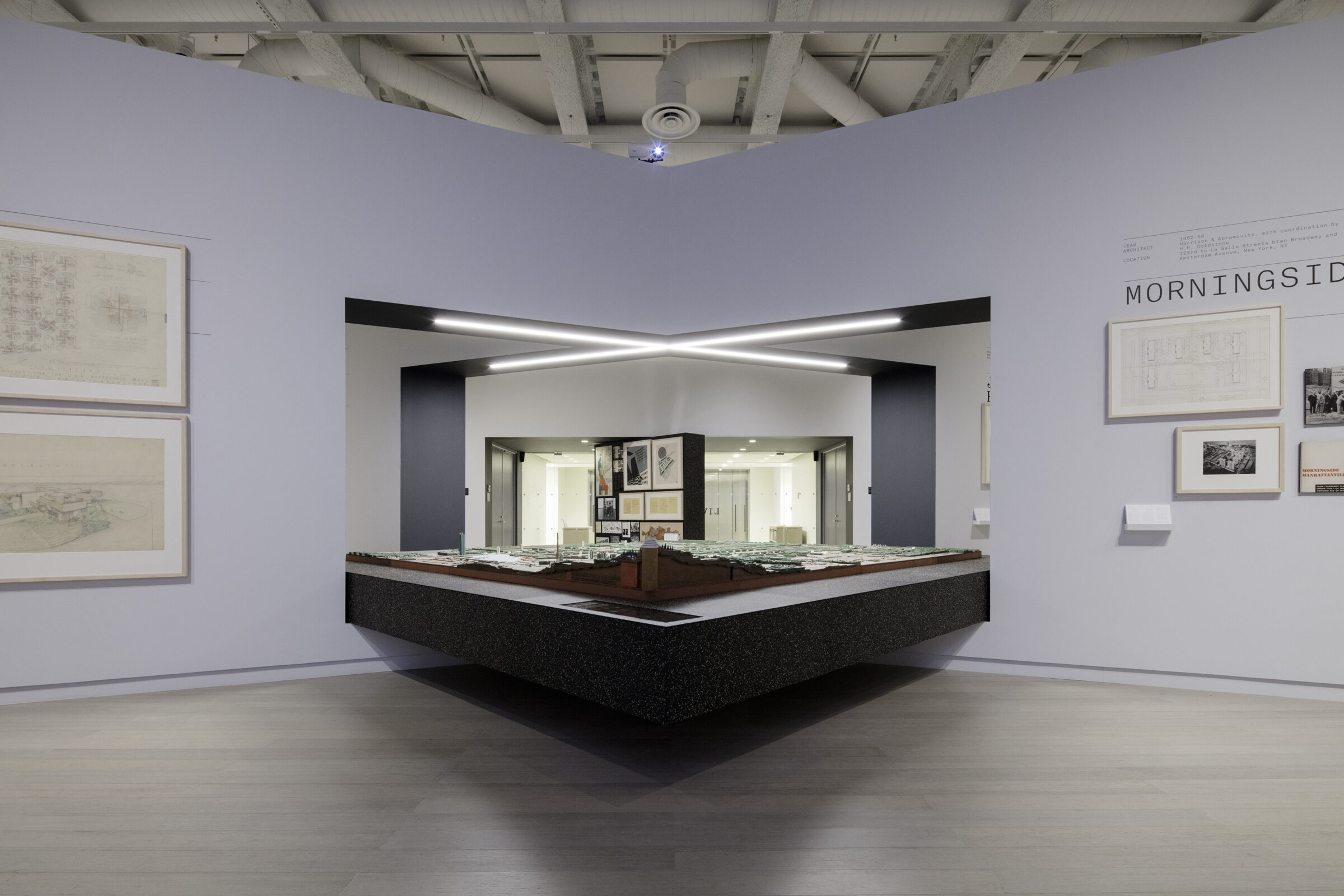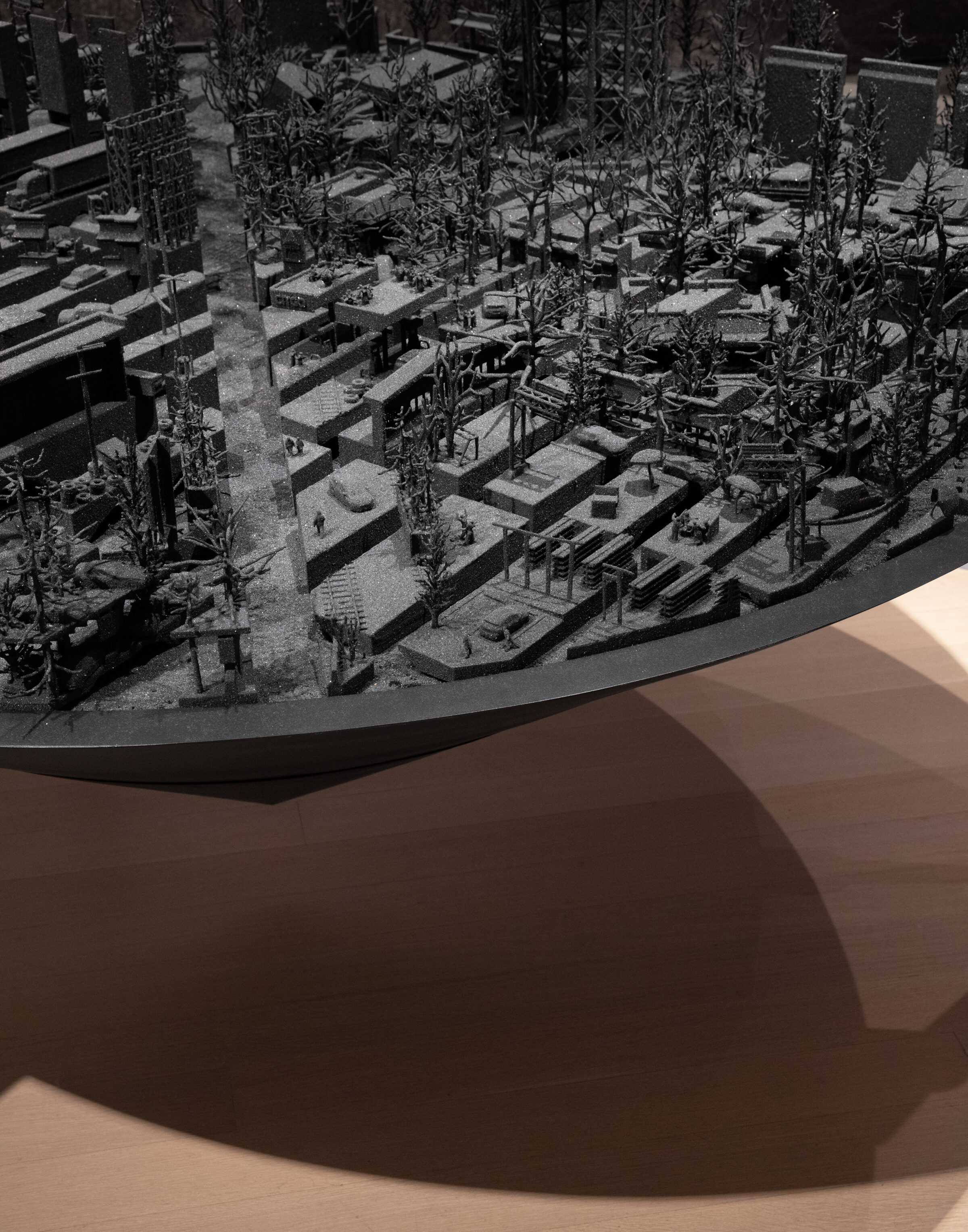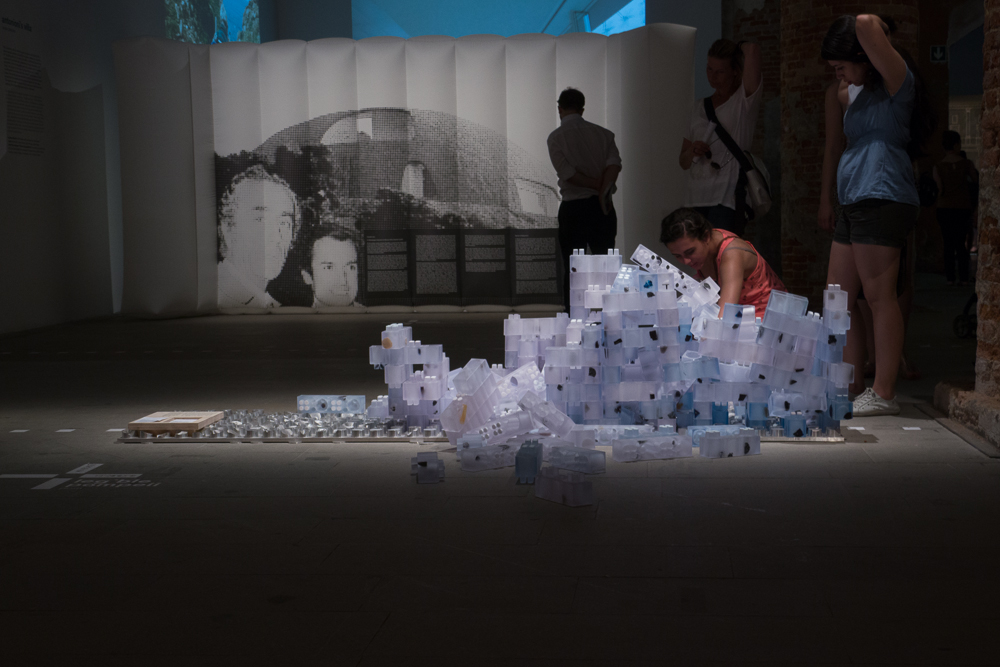The Buell Center and AD—WO, Columbia University

New York, United States
WebsiteThe Temple Hoyne Buell Center for the Study of American Architecture was founded at Columbia University’s Graduate School of Architecture, Planning, and Preservation (New York City) in 1983. In recent years, the Center has convened conversations among overlapping constituencies, including academics, students, professionals, and the general public. Its current project addresses the topic of Architecture and Land in the Americas, in its historical significance and contemporary relevance. The Center’s director, Lucia Allais (b. London, 1974), is a historian and critic of architecture whose work focuses on the relation between architecture, politics, and technology in the modern period and on the global stage.
AD—WO (Partners: Jen Wood b. Naarm/Melbourne, Australia, 1984, & Emanuel Admassu, b. Addis Ababa, Ethiopia, 1983), is an art and architecture practice based in New York City, and by extension, between Melbourne and Addis Ababa. The practice aims to establish an operational terrain between architecture’s content and container: equally committed to designing buildings and reimagining their sociopolitical contexts. Founded in 2015, AD—WO has undertaken projects in Ethiopia, Tanzania, Germany, and the United States. Their work has been exhibited at the Museum of Modern Art, Studio Museum in Harlem, Architekturmueum der TU Munchen, and Art Omi. AD—WO’s work is part of the permanent collection at the High Museum of Art and the Art Institute of Chicago.
CAB 5 Contribution
Project Overview
100 Links: Architecture and Land, in and out of the Americas
There is architecture in the simplest of tools. Gunter’s chains and corner mounds are devices that measured and marked vast territories during the colonization of North America. The sixty-six-foot chain, tagged and divided into 100 links, combined decimal and English systems so that eighteenth-century surveyors could lay out fields, farms, towns, and, eventually, the Jeffersonian grid. The mounds were dug out from four pits to show where the grid intersected and where plots could be bought. Together, these tools enabled the conversion of earth into land, and inextricably linked liberty to property. Any alternative way of being with the world—by Indigenous communities who considered themselves as belonging to the land, not the other way around, or by enslaved peoples who invented new modes of life despite being declared property—were odious obstacles to this brutal dynamic.
The project 100 links unsettles the historical and ongoing dynamics of enclosure and dispossession by redefining land not as object but as relationship. It invites visitors to move beneath sagging chains, amidst wall-mounted tags, and around pits filled with books for the taking. These books unpack the lineage of a paradox that still feeds development today: as soon as any territory is enclosed, new architectures have to be invented to declare land an endless resource again. To unsettle land today is to reflect on the techniques that sustain this legacy, to find solidarities across history and geography, to heed the work of contemporary abolitionists and indigenists, and to generate robust forms of unlanded freedom.
Credit: The Buell Center and AD–WO, Columbia University
With support from The Temple Hoyne Buell Center for the Study of American Architecture at Columbia GSAPP and Elise Jaffe + Jeffrey Brown
Venue
View moreChicago Cultural Center
Address
78 East Washington Street, Chicago, IL
Neighborhood
The Loop
Description
The Chicago Cultural Center serves as one of the main exhibition venue sites for CAB 5, featuring projects from more than 80 participants from ten countries.
Opened in 1897, the Chicago Cultural Center is a Chicago landmark building operated by the Chicago Department of Cultural Affairs and Special Events and is home to free cultural exhibits and programming year-round.
